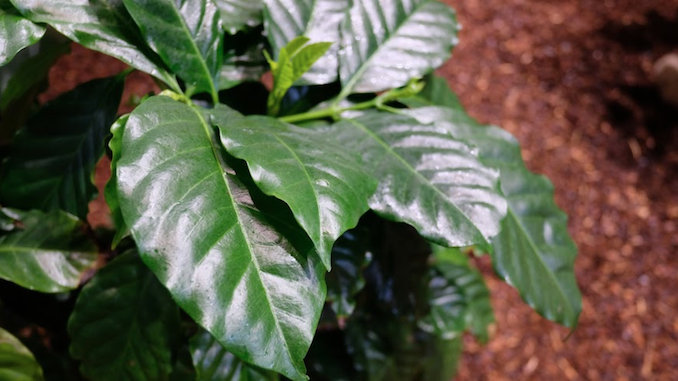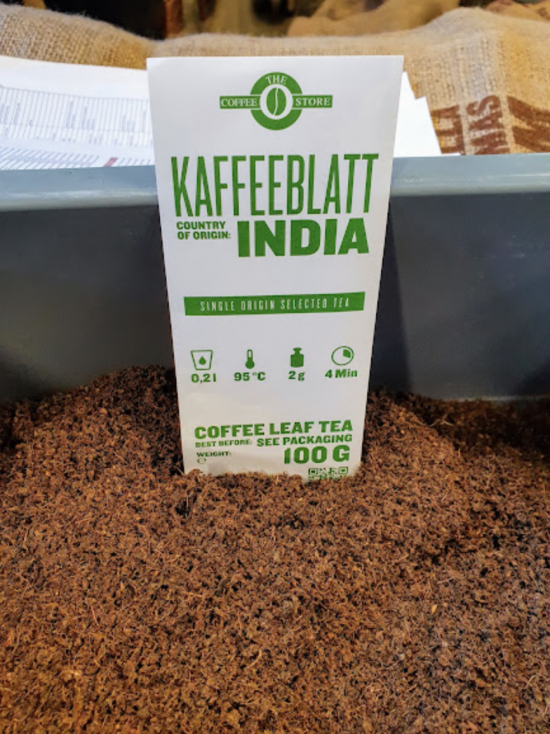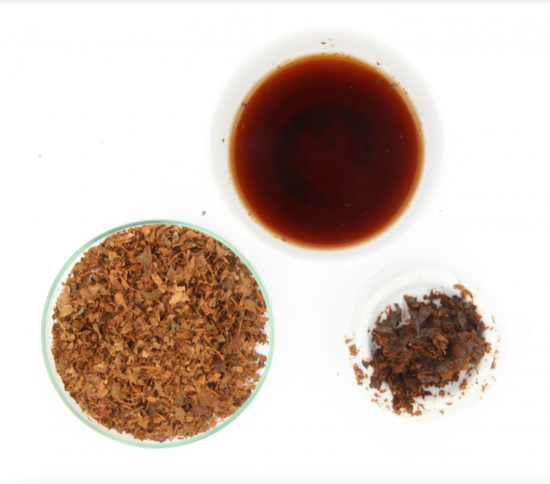
We offer a quick look into the origin of coffee leaf tea, traditional preparations, and the growing interest in it from Western countries.
BY YKER VALERIO
SPECIAL TO BARISTA MAGAZINE ONLINE
Cover photo by Dirk Lachenmeier, CVUA Karlsruhe
It may be initially confusing at first to read about “coffee leaf tea,” a phrase that includes two of the world’s favorite beverages commonly pitted against one another.
However, this hot beverage isn’t new for everyone. For centuries, people have been brewing coffee leaf tea in Ethiopia, Indonesia, Somalia, Jamaica, India, and Sudan. And beyond its health-promoting properties, it has an appealing taste for a wide range of consumers.
Kuti and Kahwa Daun: a Bittersweet Past
As the country responsible for discovering coffee, Ethiopia is home to wild coffee forests. However, some people claim that Avicenna’s The Canon of Medicine, an ancient encyclopedia of medicine, contains herbs and concoctions made with the coffee plant, according to Jonathan Morris, a renowned coffee historian.
In Jonathan’s book, Coffee: A Global History, he claims that Ethiopia’s Oromo tribe prepared several drinks and food based on the coffee plant, including not only beans, but husks and leaves too.
Kuti, for instance, is a hot beverage made from “lightly roasted young plant leaves” according to Jonathan’s research. In the book The Devil’s Cup, author Stewart Lee Allen talks about it with a different name, kati, and assumes that Abyssinian tea originally had a combination of khat—an addictive stimulant plant—and coffee leaves.
Overall, it seems that kuti was part of aboriginal experimentation with the coffee plant. After centuries of existence, it still holds a different meaning than coffee as we know it. However, it has a different heritage from kahwa daun, its Indonesian counterpart.
Coffee history in Indonesia is different from the Ethiopian one; colonial aggression played a role in the way that local producers and consumers started to drink coffee leaf tea. During the Dutch colonial rule in the 18th century, coffee farmers and workers were forbidden to drink coffee.
To some extent, it seems that this prohibition led to the creation of kahwa daun, which locals enjoy because of its sweet and pleasant taste.

Coffee leaf processing then and now
According to Stewart, kuti preparation includes simple “dried leaves that are roasted on a flat pan until they acquire a dark, tarry texture, then crumbled and brewed over low heat with water, sugar, and a pinch of salt. Cooking time is about 10 minutes.”
The taste and aroma are pleasant, as “the resultant amber-colored liquor has a delicately caramelized, smoky flavor comparable to lapsang souchong (Chinese smoked tea) but more complex, both sweet and salty, with a sensuously gelatinous texture,” writes Stewart in his book. Arguably, salt is optional, as are some sweeteners.
Recently, Rilma Novita from Andalas University published a research paper about the traditional knowledge of kahwa daun.
The study reveals that traditional preparation is similar to kuti, but many kahwa daun producers smoke coffee leaves with cinnamon tree wood, which offers a specific aromatic profile.
More standardized processing has been put in place by companies like Wize, which offers different products made from coffee leaves like loose leaf tea, tea bags, and ready-to-drink beverages.
The taste is very different, and Wize offers flavored alternatives too. Furthermore, scalability and profitability are promising, not only for the company but for coffee workers who usually depend on the cherry-picking season.
As we stated previously, coffee leaves offer a steadier revenue stream for coffee farmers and workers.

Marketing and serving coffee leaf tea
In many countries, we aren’t familiar with coffee leaf tea taste, but interest in the drink is growing. After the European Food Safety Authority approved coffee leaf tea, it’s more likely that the product will acquire more interest in the market.
As a rich source of antioxidants with a lower dose of caffeine, offering coffee leaf tea as a healthy product seems straightforward. However, its unique taste and aroma have the potential to attract curious consumers who want to explore new products. Moreover, drinking coffee leaves tea can be attractive for consumers with green and social concerns.
Recent work from the Chemical and Veterinary Investigation Agency Karlsruhe and the Coffee Consulate in Germany about coffee by-products suggests that coffee leaf tea has a promising future. Although it has been slowly adopted in Western countries, it has a bright outlook for companies, consumers, and farmers.

ABOUT THE AUTHOR
Yker Valerio (he/him) is a freelance content creator. After more than 10 years of working as a management consultant, he started his blog Bon Vivant Caffè to share his passion for specialty coffee.

